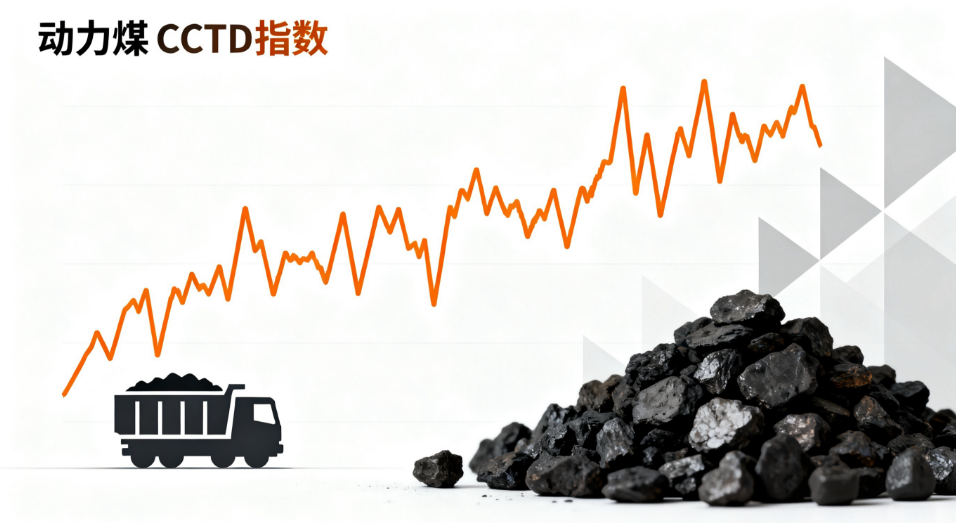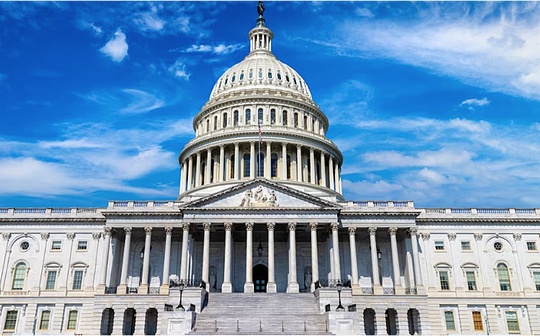
In the global financial market, the integration of cryptocurrencies and the traditional precious metals sector is becoming a notable trend. As a giant in the stablecoin arena, Tether recently made a significant move by hiring two globally top-tier precious metals trading experts from HSBC Holdings — Vincent Domien and Mathew O'Neill. This action not only demonstrates Tether's ambition to leverage its substantial financial resources to build a massive gold reserve but also signals its intent to directly challenge existing players in the gold and silver markets and reshape the industry landscape.
According to informed sources, Vincent Domien, the global head of metals trading at HSBC, will join Tether in the coming months, and Mathew O'Neill, the head of precious metals distribution for Europe, the Middle East, and Africa, will also join around the same time. These veteran traders bring extensive experience and deep industry resources in the precious metals field, and their addition will provide crucial support for Tether's expansion into the gold market. HSBC, a cornerstone in the precious metals sector, is widely regarded as the second-largest player after JPMorgan Chase, with its business covering key areas such as futures trading, vault custody, and global gold bar transportation. Therefore, bringing in top talent from HSBC will not only help Tether quickly grasp market dynamics but also enhance its comprehensive capabilities in gold trading, storage, and logistics.
In recent years, Tether has actively expanded its footprint in the precious metals sector, making it a significant component of its over $180 billion reserve assets. By accumulating substantial gold reserves, Tether has established one of the world's largest gold reserves outside of banks and nations. This strategy not only strengthens the credit backing of its stablecoins (like USDT) but also provides a solid value anchor in the highly volatile cryptocurrency market. Gold, as a traditional safe-haven asset, effectively hedges against inflation and market risks. By integrating gold reserves, Tether further enhances the stability of its products and market trust.
This move by Tether also reflects the deep integration of the cryptocurrency industry with the traditional financial system. As regulatory environments become increasingly stringent and market demands for transparency rise, stablecoin issuers need to ensure the reliability of their tokens through diversified asset allocation. Entering the gold market not only helps Tether diversify risks but also opens up new revenue streams. Simultaneously, this will pose a direct challenge to existing players in the gold and silver markets. Traditionally dominated by large banks and institutions, the precious metals market could see this格局 broken by Tether, leveraging its strong financial power and technological advantages, potentially driving the market towards a more decentralized and digital direction.
From a broader perspective, Tether's gold strategy also exemplifies the evolution of global asset allocation. In the era of the digital economy, gold, this ancient store of value, is being integrated with blockchain technology in new forms. By hiring top traders and establishing gold reserves, Tether not only reinforces its leadership position in the cryptocurrency space but also sets a benchmark for asset diversification for the entire industry. In the future, as more institutions follow this trend, the integration of gold and digital currencies may become the new norm in financial markets.
In conclusion, by bringing in veteran precious metals traders from HSBC, Tether is not only accelerating its布局 in the gold market but also further consolidating its influence within the global financial ecosystem. How this strategic move will alter the competitive landscape of the gold and silver markets warrants continued attention from the market.















